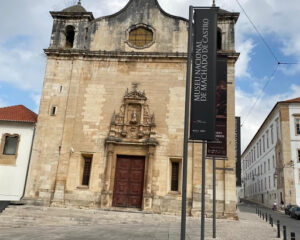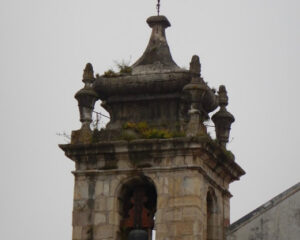The National Museum Machado de Castro (Museu Nacional de Machado de Castro) is an art museum in Coimbra, Portugal, named after the renowned Portuguese sculptor Joaquim Machado de Castro. It first opened in 1913 and its latest renovation (2004-2012), which included the addition of a new building, was awarded the Piranesi/Prix de Rome Prize 2014. The Machado de Castro Museum is one of the most important art museums in Portugal. It is housed in the former Bishop’s Palace. This palace was built from the Middle Ages onwards roughly on the site where the Roman forum of Aeminium (Coimbra’s Roman name) once stood. The remains of this distant past, the Cryptoporticus, can be visited on the lower floors of the museum. The bulk of the museum’s collection is made up of items from churches and religious institutions in the area surrounding Coimbra. The collections of sculpture (the most extensive of all the national museums of Portugal), painting, precious metals, ceramics and textiles are especially noteworthy.





